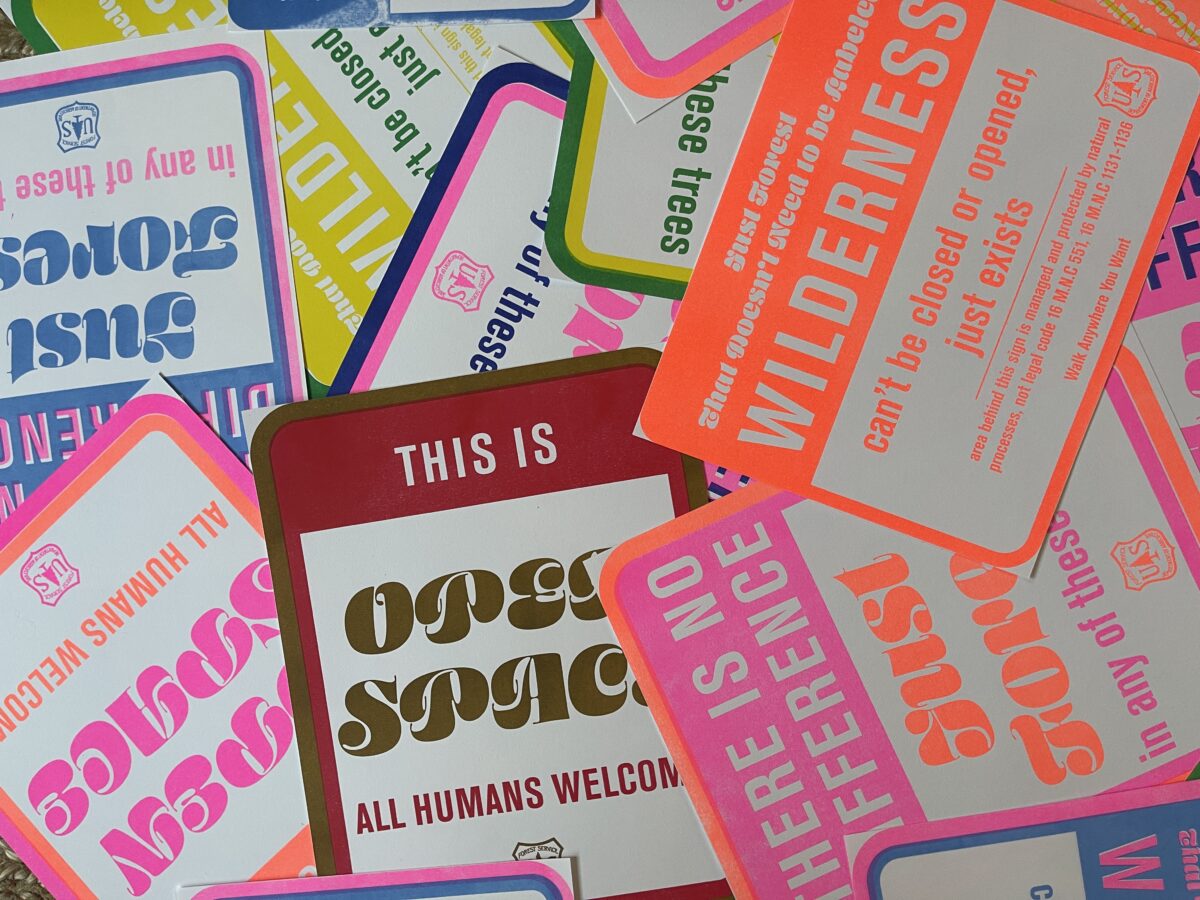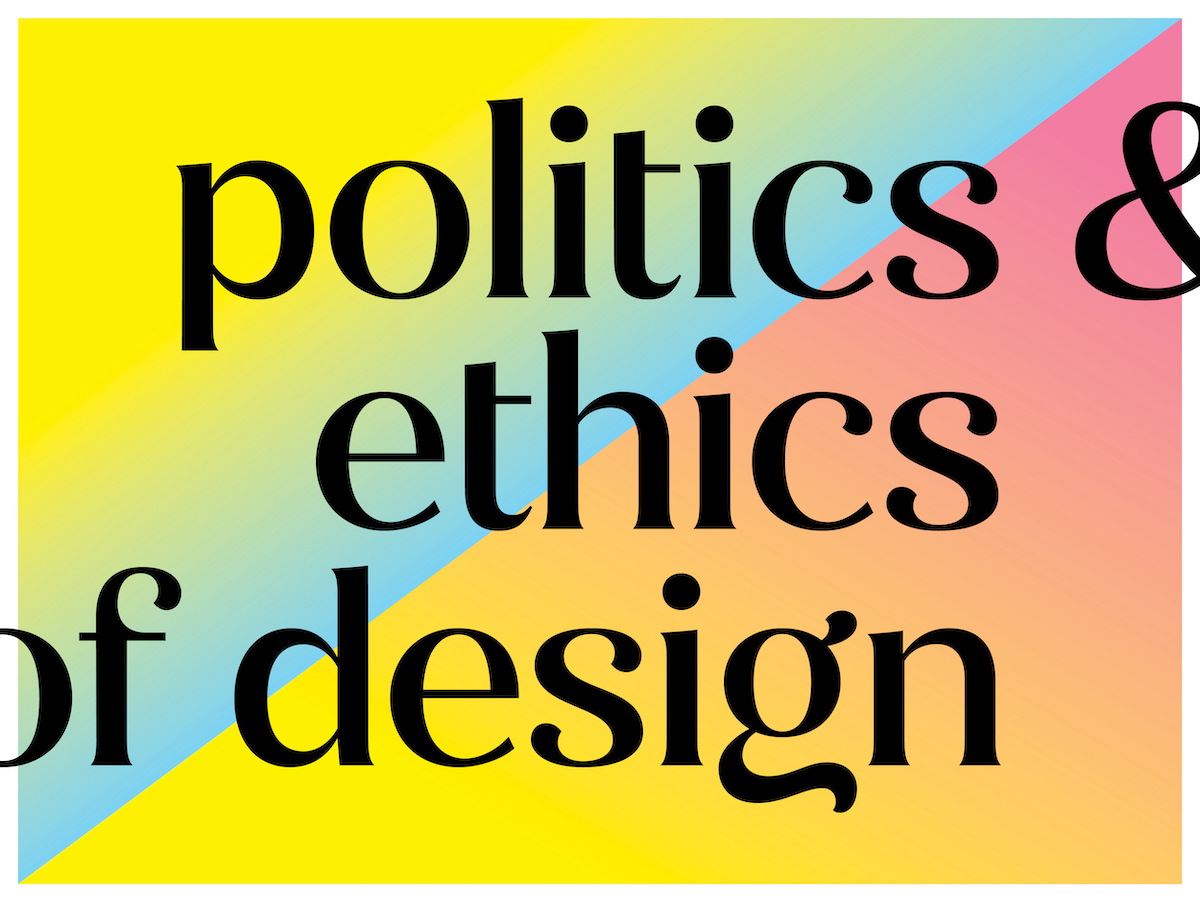Claire Bula
Adjunct Professor
Boston University
The visual design of all legal and political documents, such as deeds, permits, identification & maps, employ a specific visual language enhancing their power. Design choices relating to layout, typefaces, symbols, embellishments, impressions, white space, signatures/certifications, and materials amalgamate to display power purely through visual appearance.
Because the visual design of a document can confer authority regardless of authenticity, It is important to analyze how visual appearance alone can be interpreted. A visual language of power exists and can instill feelings of hesitation, dominance, or fear leading individuals into subservience or subordination. Visual authority can be employed by true legal sources of power or used as a device to deceive or invalidly show power. Visual authority can be used to validate any endeavor, whether its intent is beneficial and egalitarian or manipulative and oppressive. Designers should be aware of how the use of visually authoritative means have been used throughout history to control, intimidate, and outright steal basic human rights and dignities.
Through multidisciplinary research across history, philosophy, political science, and sociology, I studied the means by which power and authority have been constructed in the United States. In addition, reading design texts and conducting visual surveys of documents employing elements of visual authority led to the creation of a diagram of design elements that create the library for visual language of authority.
In response, I authored a visual essay, designed a poster illustrating visual authority’s form language via personal documents, and printed risograph signage subverting authoritative signage through type and color. This body of work serves to document my research and surfaces questions about how visual authority was developed and how it is employed today.
This design research was presented at Design Incubation Colloquium 9.2: Annual CAA Conference 2023 (Virtual) on Saturday, February 18, 2023.

